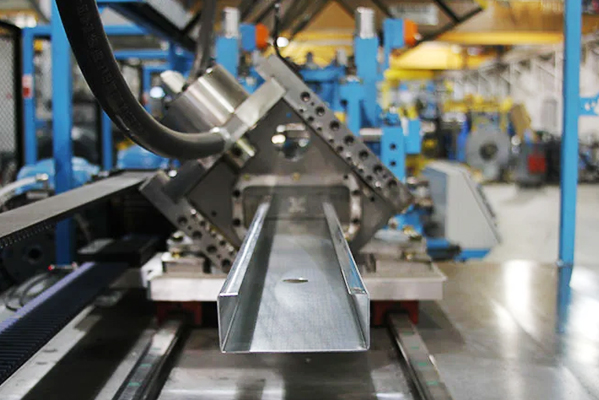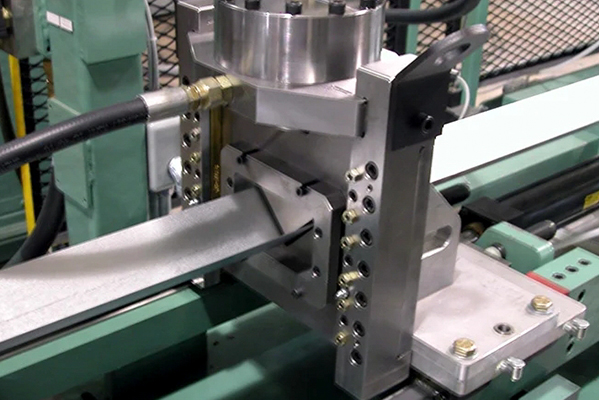Navigation Menu
Contact Us
- Email:
- info@wxavatar.com
- Address:
- Yurong Village, Yuqi Street, Huishan District, Wuxi, China.
Release Date:Apr 19, 2025 Visit:2 Source:Roll Forming Machine Factory
Steel trusses are known for their durability and long-term structural performance. The lifespan of a steel truss depends on multiple factors, including material quality, environmental conditions, maintenance practices, and design considerations. Understanding these factors helps in estimating how long a steel truss can remain functional in a given application.
Key Factors Affecting Lifespan
1. Material Quality and Protection
High-grade steel with proper corrosion-resistant coatings (such as galvanization or paint systems) tends to last longer.
The thickness of protective layers and the type of steel alloy used influence resistance to wear and degradation.

2. Environmental Conditions
Exposure to moisture, saltwater, or industrial pollutants can accelerate corrosion, reducing service life.
Structures in dry, controlled environments generally experience less deterioration over time.
3. Maintenance Practices
Regular inspections and timely repairs (such as repainting or replacing damaged sections) help extend a truss’s lifespan.
Neglecting maintenance can lead to rust, fatigue cracks, or weakened connections.
4. Design and Load Conditions
Properly engineered trusses with appropriate load capacities experience less stress-related wear.
Overloading or frequent dynamic loads (such as in industrial settings) may contribute to material fatigue over time.
Estimated Service Life
Under typical conditions with adequate maintenance, steel trusses can remain structurally sound for several decades. Some general observations include:
Standard Applications (Buildings, Roofs): Often last 50 years or more with proper care.
Industrial or High-Stress Environments: May require closer monitoring and earlier component replacements.
Well-Protected Structures (Indoor or Mild Climates): Can exceed 70 years without major issues.

Conclusion
The lifespan of a steel truss varies based on material selection, environmental exposure, and maintenance efforts. With appropriate design and upkeep, steel trusses can provide reliable performance for extended periods. Regular inspections and proactive repairs are essential to maximizing their service life in different applications.